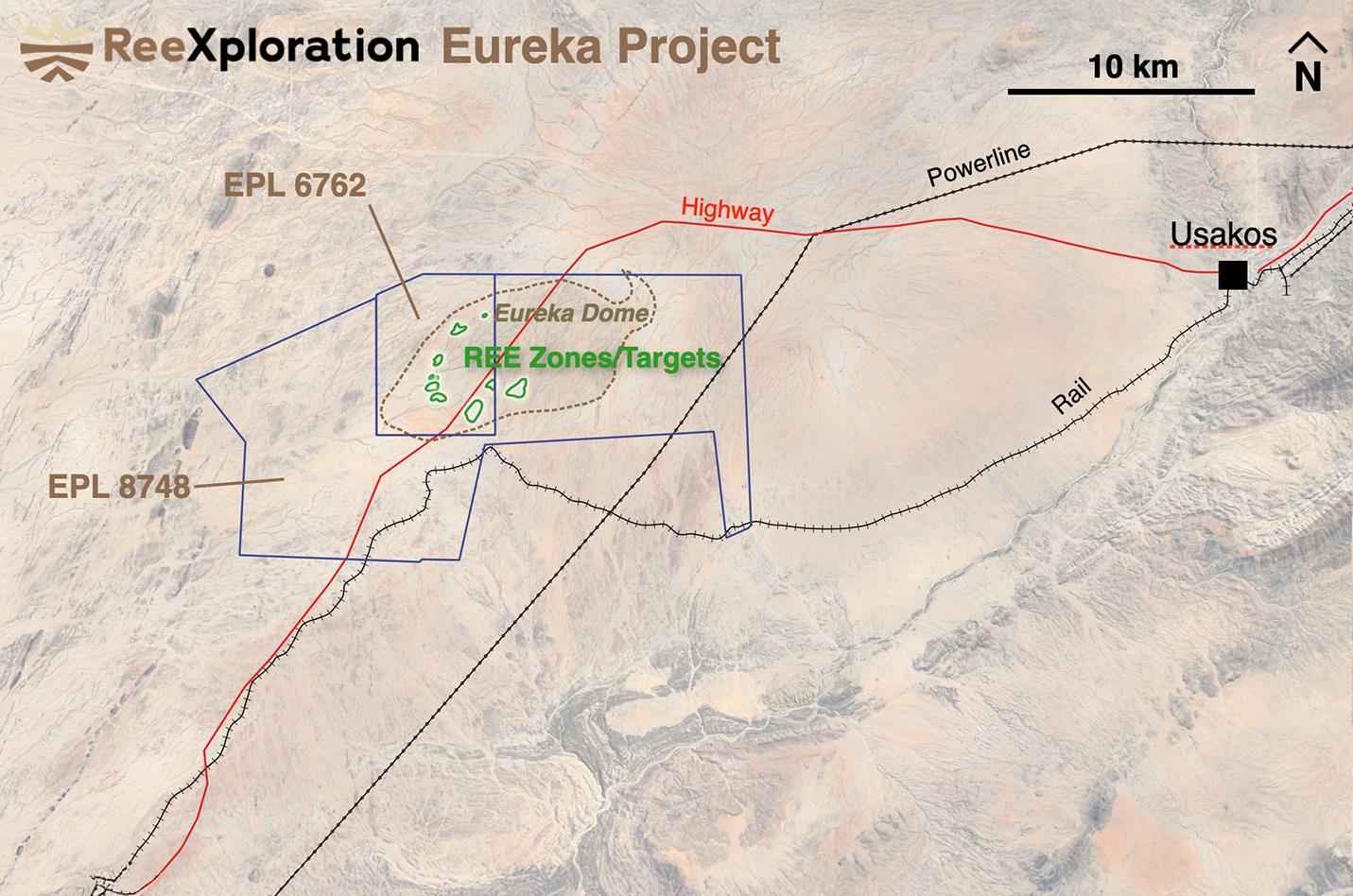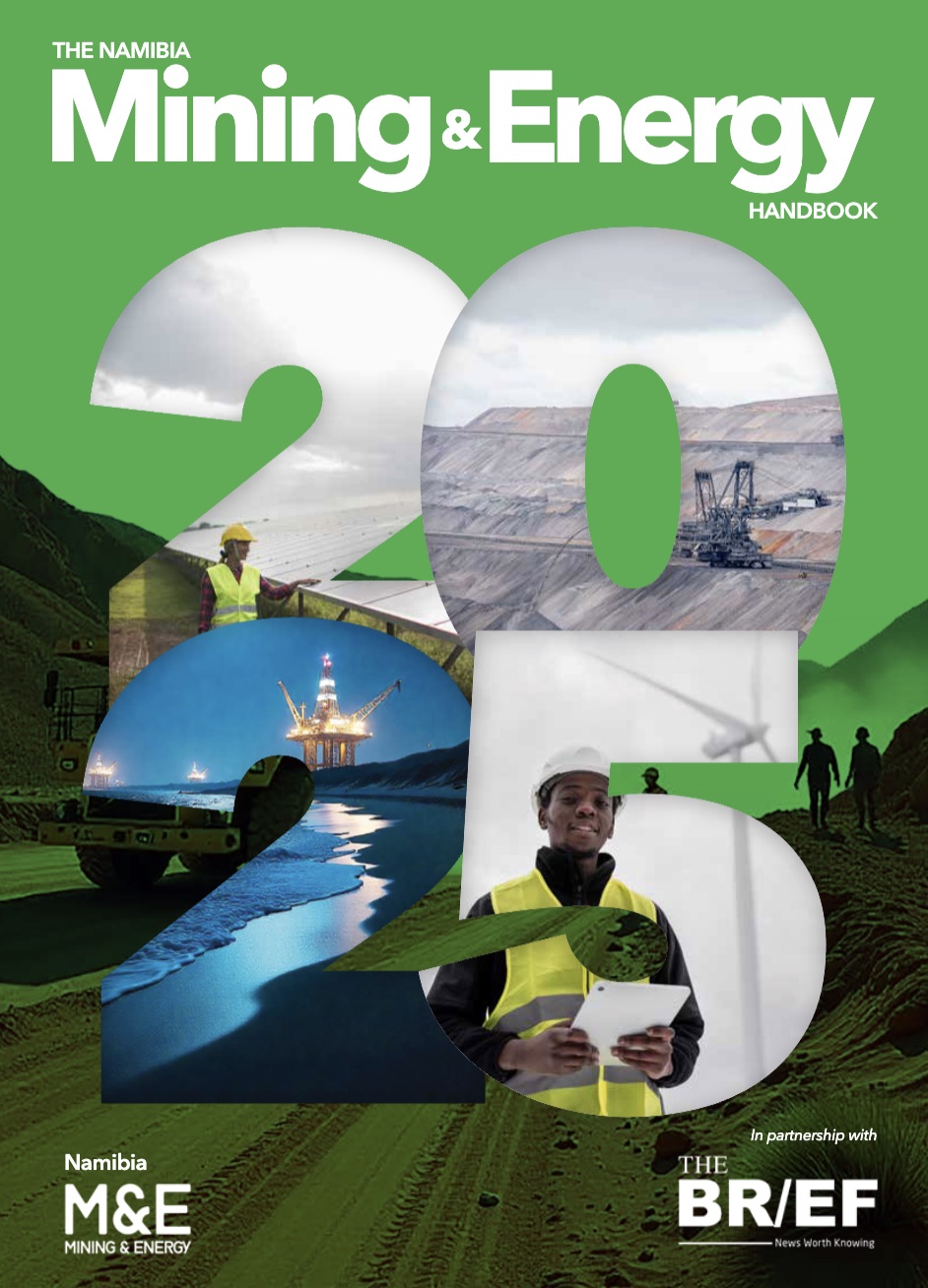
ReeXploration says it is preparing to launch a new drilling campaign early next year following what it describes as a major exploration breakthrough at its Eureka Rare Earth Project in Namibia.
The company reported that it has identified a large new target, known as the Clover anomaly, which shows higher rare earth concentrations and a larger surface footprint than previously recorded at the project.
Interim CEO Christopher Drysdale said soil samples taken from the Clover area returned total rare earth oxide (TREO) grades of up to 8.75%, with visible monazite confirmed at surface.
According to Drysdale, the anomaly remains undrilled and is considered a potentially significant expansion zone beyond the existing Eureka Dome discovery.
ReeXploration stated that a magnetic survey over Clover is nearing completion and will be used to determine initial drill targets.
The company added that it is planning a gravity survey to help refine several deep-seated magnetic bodies identified in historical data. These features, it said, align with an updated geological model indicating the presence of a deeper carbonatite system capable of hosting large-scale rare earth mineralisation.
“We have year-round access to the site. We will continue working through the festive season, and by January or February, we expect to begin drilling based on the results of the two geophysical surveys currently under way,” Drysdale said.
Drysdale further explained that ReeXploration has adopted what he called a “metallurgy-first” approach, prioritising proof that its rare earths can be processed to Western standards before expanding exploration. He said the company has already demonstrated that its monazite-hosted mineralisation can achieve up to 60% rare earth recovery through conventional processing methods — a key de-risking milestone given growing global demand for neodymium and praseodymium used in magnets, electric vehicles and defence technologies.
ReeXploration said it believes these programmes will show the scale and growth potential of the project as international markets seek reliable, non-Chinese sources of critical rare earth minerals.
“We are now focused on expanding the resource, especially following the recent discovery of the Clover anomaly,” Drysdale said.
“This new target is an order of magnitude larger in size, and its soil samples show rare earth grades that are also an order of magnitude higher, reaching up to 8% TREO. We are therefore very confident that we can expand the known resource and further reduce project risk.”







